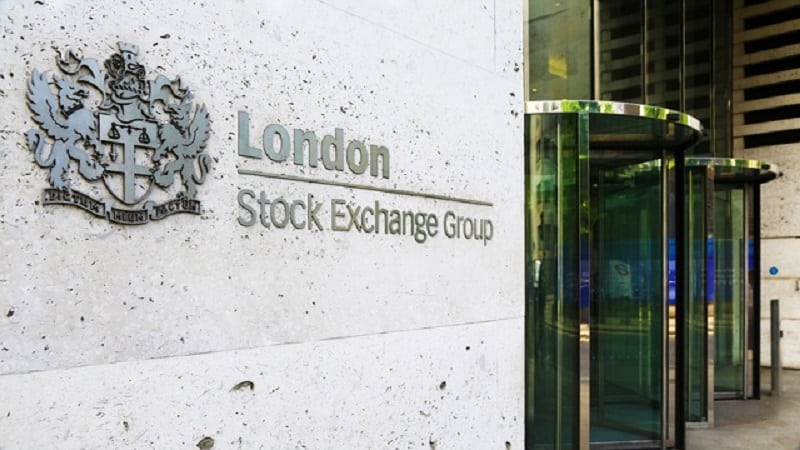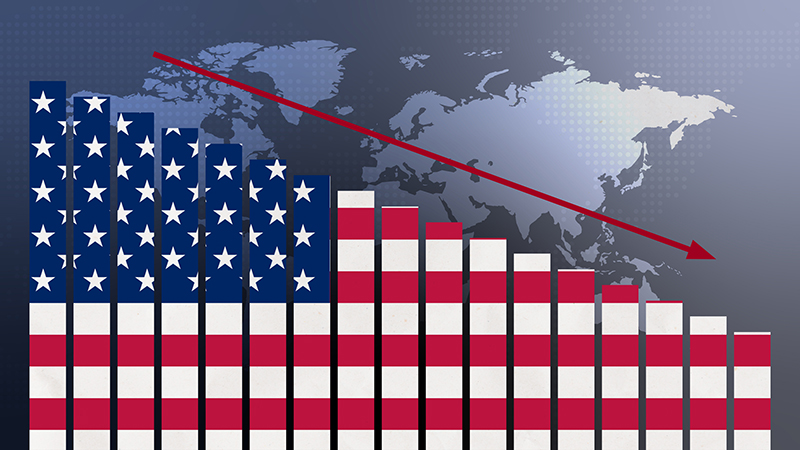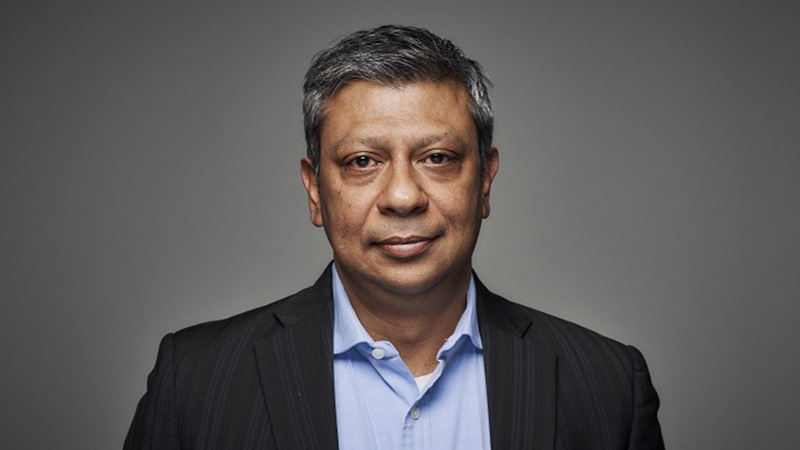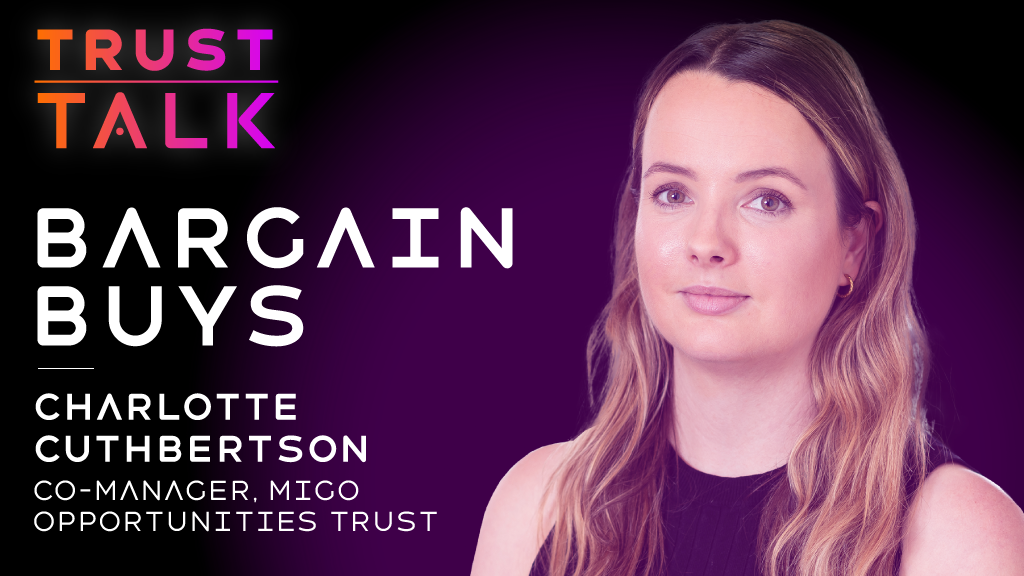By Edward Glyn, head of global markets at Calastone
Benjamin Graham’s Intelligent Investor came out in 1949 and for over 70 years, its central thesis of buying a fund and holding it indefinitely has proved a remarkably enduring piece of financial orthodoxy. Or as Warren Buffet put it: “Our favorite holding period is forever’’.
Yet, Calastone data indicates that the tide is turning. Behind the scenes, fund flows and holding periods are revealing a stark truth: forever is getting a lot shorter.
Today’s investors and their advisers are taking an increasingly dynamic, proactive approach to managing their funds across key asset classes, including increased trading frequency and shorter holding periods, aided by digital platforms, and an appetite for more immediate results.
In truth, this strategy has always been a mix of investment philosophies and practical limitations on the way we track and engage with markets. But a shift in the latter is now putting the former to the test.
See also: Calastone: Fund holding periods halve over past decade
Holding durations have plummeted from about seven years in 2016 to just four today. Bond funds are not immune, experiencing an even bigger drop in holding periods – from eight years down to four, indicating that even more cautious cohorts are now less inclined to remain in one place indefinitely.
Overall, this has led to an 80% jump in trading volumes since 2018 on the Calastone platform.
For fund managers working with systems built to handle steady flows and occasional trades, this is going to put significant strain on the systems that – to be honest – have often struggled to offer a competitive investment experience to new investors trained on digital convenience.
The new investment mindset
Investment behaviour is a chimera of market conditions, technological possibility and personal mindsets, with all three having faced major shifts in recent years.
From the 2008 financial crash to Covid 19, the last 15 years has seen significant volatility across all areas. Rapidly changing interest rates, geopolitical events, and sector disruptions mean that it pays to be nimble on your feet.
At the same time, a new generation of technology has created an ecosystem of apps and instant news feeds that enable trading in seconds, not days. This has created a much more diverse, dynamic market, with fractional ownership and broader product offerings encouraging investors to mix and match various securities and products.
For this new generation, the question of value for money in investment looms large. Investors have the choice among providers and the transparency to question the costs of staying put in a single fund or strategy, especially if performance dips, fees rise or a new sector piques their interest.
See also: Calastone: Investors pull record £3.5bn from UK equities in Q1
This market has also created its own strategies, where not every investment proves to be a long-term compounder; many strategies now peak sooner.
With increased access to products – from ETFs to crypto and alternatives – more widespread, competing on the ‘What’ of investment isn’t enough. The ‘How’ of the experience needs to be addressed.
Firstly, everything is personal now. Investors want customisable solutions that suit their personal context, goals and ethics – be it thematic exposure, alternative asset slices, or swift sector rotations.
Secondly is the question of keeping up with the Amazon-ification of everything. In an era where physical products can arrive by drone same day, the multi-day settlement cycle feels outdated and somewhat confounding.
See also: UK remains least popular market despite mounting disdain for US equities
Thirdly, proactive investors actually care about the numbers. With the equivalent of the Bloomberg ticker in every pocket, investors can track performance on a daily (or even hourly) basis. A competitive service should provide metrics that provide genuine value – or why use a fund manager at all?
Finally, if a fund no longer aligns with an investor’s evolving goals, the process of exiting needs to be hassle-free. Reinvesting in something new is always an option, provided you can retain a customer through the change by making it easy.
The reality is that loyalty is conditional on the experience, not just the underlying assets. And the experience is where many funds are at risk of falling down.
The need to close the technology gap for funds
The cost of these new demands for funds will depend on their ability to build systems that can match the pace and demands of modern investment cycles. Currently, many simply aren’t set up to meet the challenge. Higher trading volumes and shorter holds are a challenge to the established rhythm and unit economics of many funds.
Consider personnel, for example. More trading means that admin teams may have to contend with greater operational challenges. Meanwhile, routine manual tasks multiply with each additional buy or sell order. Some fund managers or their service providers may simply lack the manpower or ability to manage this volume of work.
This is also a liquidity challenge. Sudden outflows can leave managers quickly reassessing liquidity buffers, particularly in less liquid asset classes. And if your traditional revenue model depends on steady assets under management, firms may need to find a new way to project revenue.
See also: Look, but don’t touch: Do investment apps encourage money movement?
Cost to serve could also be a struggle, since legacy systems are designed for more steady flows, meaning that older tech stacks can struggle with intraday flurries of activity. The move to real-time demands also exposes any weak links in reconciliation, settlement, and data handling, leaving firms running behind their trading volumes and hazy on cash position.
Firms that can prioritise developments that solve these issues and combine them with the latest generation of technology have a buffet of eager investors and advisory firms to be served. Those that drag their feet will face eroding margins and customer churn.
Why technology is key to loyalty
Funds need to urgently prioritise offerings that will not only bring them up to date with the current demands of investors, but will prepare them to adapt to a future that will only move faster and necessitate a lower cost base.
Among leading funds, we’ve already seen the power of automating processes, from order routing to reconciliation, to handle high-velocity trades efficiently. This also means cutting out paper-driven bottlenecks to reduce risk and enhance staff time.
We’re also at the start of an even more profound change – the chance to offer tokenised funds and digital investing, introducing near-instant settlement windows.
See also: Has the UK been left behind by the growth wave?
This is a huge opportunity to streamline processes such as fund issuance, administration, and distribution, where tokenisation can lower costs, reduce friction, and improve liquidity, while offering more flexible and responsive products across new markets and asset classes.
The end of long-term holds isn’t the end of loyalty – it’s a loyalty transfer. Loyalty will accrue to those providers that can offer an experience that empowers them to learn, engage and invest how they want – not how it’s always been done.
When ‘forever’ isn’t a given, loyalty has to be earned. Give your customers the tools to win, and you have a stronger chance to see just how long it can be.











